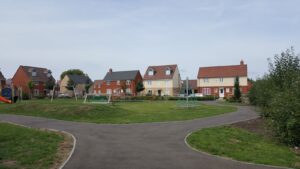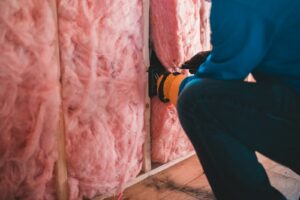Reclaiming our streets and rebuilding our communities
I wrote my last blog post whilst the riots were in full swing and we didn’t yet know whether they would continue to spread, or quieten down after nearly a week of violence on our streets. Things have, thankfully, quietened down, the prime minister and the London mayor (along with the leader of the opposition) have all returned from holiday and some semblance of peace and order has been restored.
As the shock of what happened has subsided (ish), attention has now turned to what our response to the riots ought to be. In part this is been about the identification and prosecution of looters – with much of the debate focussing on the sentences being meted out. Jonny Zander explores with some insight the issues around the search for justice and the opportunity to develop a meaningful programme of restorative justice to ‘bring something positive out of the ashes of the riots’. Alongside this, there has also been the need for a broader reflection on the causes and how best to rebuild the affected communities and prevent this sort of thing ever happening again.
The not-for-profit sector has, as you might expect, been at the fore with practical support and offering astute thought leadership, often to counter over-the-top hyperbole in parts of the press. Of particular note has been the #notinmyname campaign from National Council for Voluntary Youth Service (NCVYS). This has creatively highlighted the fact that the riots were not ‘youth riots’ and most young people did not riot – despite the impression you may have from press reports, according to the Guardian only 21% of convictions have been juveniles.
Efforts to provide practical support to the victims of the looting have also included the establishment of a new charity – UK Disaster Relief – to provide a coordinated fundraising and distribution mechanism for responses to UK disasters. The charity, which will work on much the same lines as DEC (Disasters Emergency Committee), to collect funds nationally and distribute them locally to the victims of natural and man-made disaster. [Full disclosure – UK Disaster Relief has been set up by my mum, and former CEO of Community Service Volunteers, Dame Elisabeth Hoodless].
However, probably the most impressive voluntary effort to provide a practical response to the riots, and certainly the most spontaneous was the #riotcleanup which saw thousands of people take to the streets with gloves, mops and broom to clear up the debris in the immediate aftermath of the riots.
Co-ordinated via Twitter (and in the process instantly rebutting the blame levelled against social media for aiding the rioting), the clean-up was a genuine display of the power of communities and citizens to act in pro-social ways to improve their areas. It also, as Tessy Britton highlighted in her excellent blog post, acted as ‘statements of ownership across those neighbourhoods… about the strong feelings of anger that local residents had towards the violence and the destruction’.
Reclaiming our streets and rebuilding our communities is one (hugely) important part of our response to the riots. Another aspect of our response (and one which I had intended to cover in this post…but will now have to address in my next post), is to consider the moral, political and community leadership necessary to build bridges between those who feel so disconnected from society that they ‘have nothing to lose and nothing to gain, except thrills and new trainers‘.















